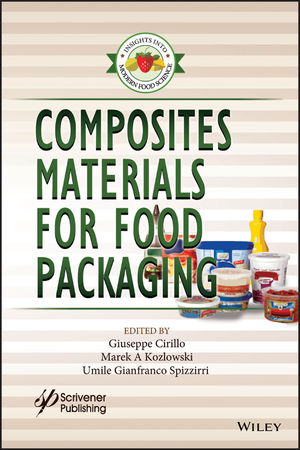Study: Top 50 CGP companies reach 15-year high in M&As
The rise in M&A comes as big fast-moving consumer goods (FMCG) companies respond to challenges of driving growth, as well as pressure from activist investors to increase margins.
The number of mergers and acquisition deals among the Top 50 consumer goods giants reached a 15-year high in 2017, a 45% increase from the previous year, according to the annual Global 50 report released by OC&C Strategy Consultants, New York.
The study, done in collaboration with The Grocer, a British magazine published by William Reed Business Media, examines the financial performance of the world’s largest consumer goods companies.
The rise in M&A comes as big fast-moving consumer goods (FMCG) companies respond to challenges of driving growth, as well as pressure from activist investors to increase margins.
As a result of these deals, there has been a dramatic recovery in revenue growth across the sector, from 0.5% in 2016 – 5.7% in 2017 – reaching the highest level since 2011.
“While the underlying challenges the Global 50 face to restore organic growth and satisfy activist investors seeking margin improvement have not gone away, this years’ report shows that the Global 50 are actively addressing those challenges and using M&A as a key tool to do so,” says Will Hayllar, partner and head of consumer goods at OC&C Strategy Consultants.
Although revenue growth has drastically improved, the Global 50 are still experiencing a slower than industry average organic growth rate, highlighting the need for M&A to adapt their portfolios and access growth.
Consumer demand for sustainable packaging
There is also a rising tide of both consumers and industry stakeholders driving the agenda of packaging sustainability.
During 2017, Google saw a 23% increase in global searches for sustainable packaging, with interest in the UK growing over the past year.
An investment in innovation, acquisitions and venture funding
Beyond the typical M&A routes, the Global 50 have been increasingly investing in innovation, both via acquisitions and venture funding, in response to changing consumer behavior and the potential of new digital technologies. This is illustrated by:
- Nine of the10 biggest Global 50 companies have incubator investment funds supporting start-ups.
- Investment in plant-based meat alternatives.
- Greater focus on D2C businesses.
- Investing in new digital capabilities.
“The investment in emergent businesses that are well positioned to address the changing needs of consumers is a key part of major FMCG players hunt for growth,” adds Hayllar. “We’ve seen that this hunt doesn’t stop with new brands, as investment is also going into partnerships with digital technology businesses that can help equip brand owners with new tools to drive growth. All of this highlights the importance of addressing one of the central questions facing FMCG management teams today, how to nurture and grow small propositions to scale without losing the distinctiveness that made them appealing in the first place.”
Looking for a reprint of this article?
From high-res PDFs to custom plaques, order your copy today!








